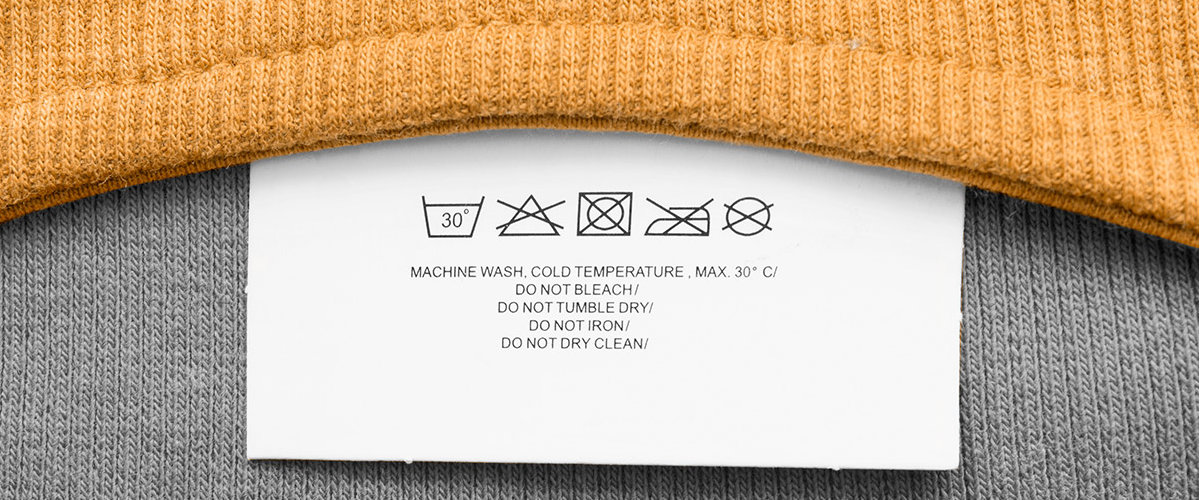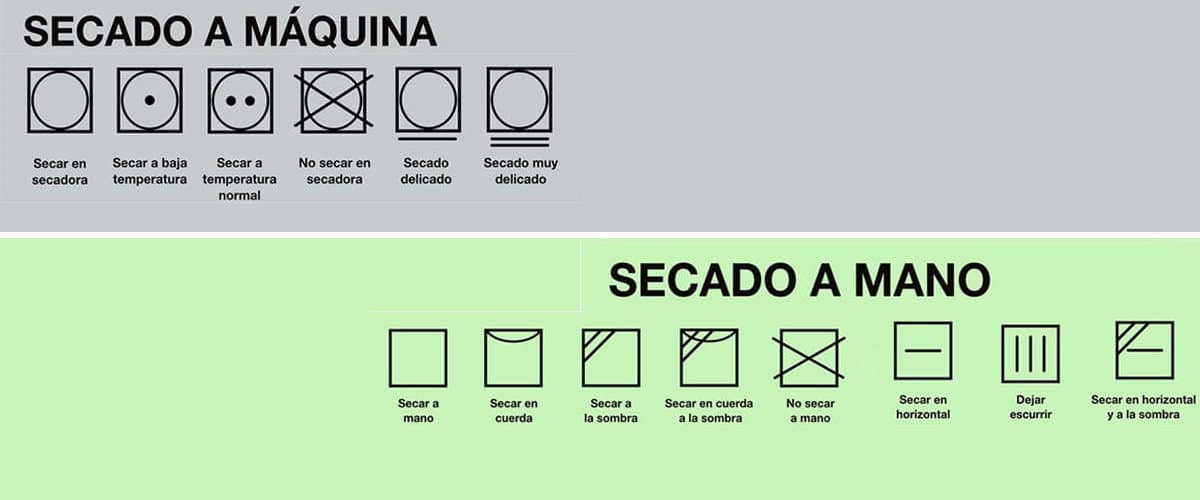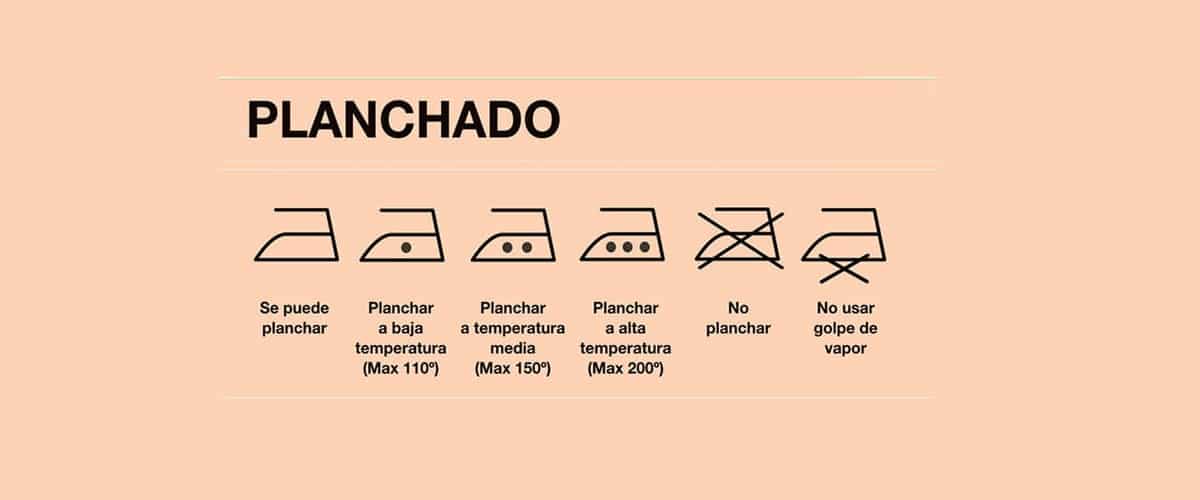
The consequences of putting a garment to wash without having previously read its label can be dire. You have probably had more than one such experience, am I right? Pay attention to the label and understand washing symbols that in this they are represented is the key so that it does not happen again.
At what temperature should I wash these pants? Can I put this blanket in the dryer? Is the use of steam recommended to iron my new sweater? The washing symbols, pictograms responsible for representing the washing methods washing, drying and ironing suitable for each garment are those who can answer these and other questions. And understanding them is very simple as you can see below.
To make it easier for you we have even separated the symbols in washing symbols, drying symbols and ironing symbols, following the order of the usual process carried out to wash a garment and return it to the wardrobe. And we have also incorporated colors to make it easier for you to identify them. We cannot make it easier for you.
Washing symbols
The washing symbol is represented as a bucket full of water. The pictogram usually includes a number or points that indicate the maximum temperature at which the garment should be washed and / or horizontal lines that indicate the need to use a delicate wash program.
Bleaches they are also part of the wash. They are those substances destined to make the fibers of the different garments whiter; being able to act as such chlorine and bleach among other chemical products. The symbol, represented through a triangle, therefore serves to know if bleaches are allowed and if so, what type of bleach can be used to wash said garment.
What if instead of the first washing symbol you find a circle? You mean that the garment requires a professional wash Or in other words, you will not be able to wash it at home and it will be necessary to take it to the dry cleaner.
Drying symbols
The symbol of a square with a circle inside is the one that we must look for on the label to know if a light can or not to put in the dryer. If you can use the dryer, it will also be important to know in what type of program and at what temperature so as not to damage the garment.
The use of the dryer in our homes is becoming more and more common but not all garments allow this type of drying. There are many that we will have to follow drying by hand. You can identify them on the label through the symbol of a square. Inside this you can find other lines and curves represented to indicate the optimal way to dry clothes: on a rope, horizontally, in the shade ...
Ironing symbols
The last step before you can put your clothes in the closet is ironing. And also this action is represented on the label. It is also, with a very clear symbology, that of a plate. And as with washing, dots are also used here to indicate the maximum temperature to which you must iron the garment in order not to damage it.
These are the most common washing symbols, are they familiar to you? They correspond to the pictographic system created by the French company Ginetex for textile labeling in Europe. In other countries of the world the codes may be different but you should not worry! Companies are obliged to conform to the country's own system in which the product will be marketed.
Our recommendation is that if you do not do it, pay attention to labels when you buy a new garment. Falling in love with a garment that is not practical for day to day because it requires a professional wash can be a chore in different cases. Once you have identified the correct way to wash, dry and iron it, you have two options: remove the label if it is generic or keep it if the garment requires special care and you do not think it is possible to remember it. Will you listen to us?


